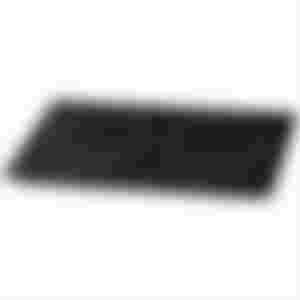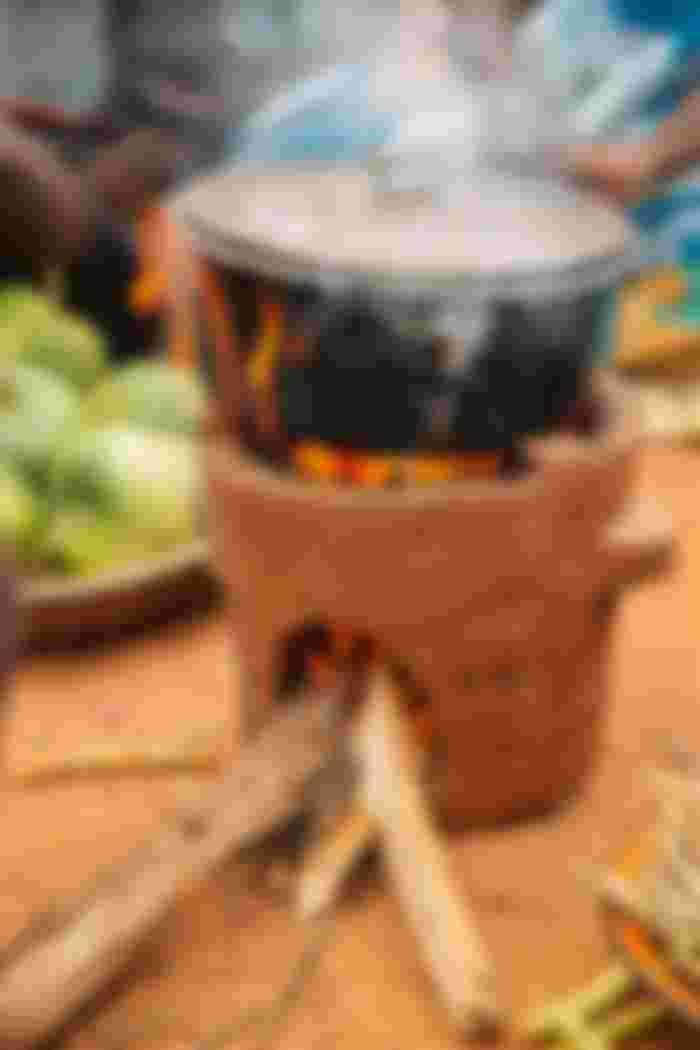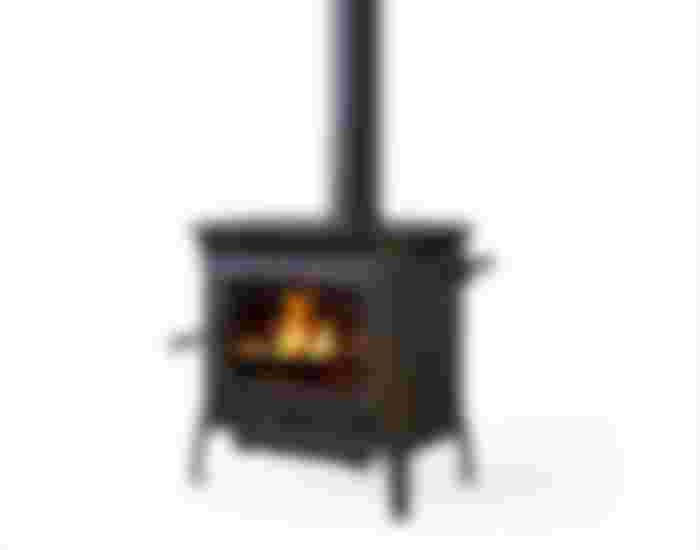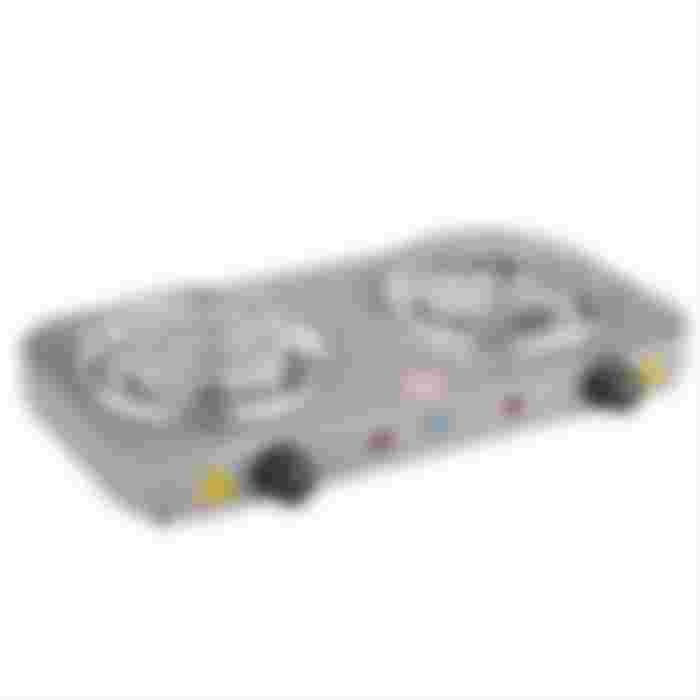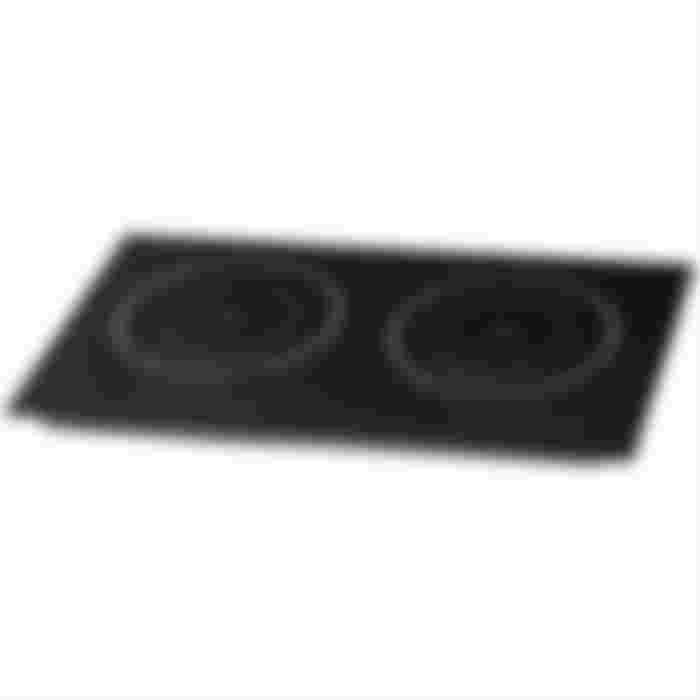Way back ancient times; people were used to live in a simple way. People back then used simple invention to make their lives easier and as the times goes by, modern people innovate and modernized things or even invent more efficient things that can be used by humans.
Let’s talk about the evolution of stoves.
· Three-Stoned Stove
People back then used a simple material for cooking, they only used a three-stoned stove, where wood is the material for making fire, people cook their food in this open-fired stove where they usually place the pots on the stones, sometimes hangs their pots above it.

· Clay Stove
Asian people way back 200 B.C. are using a clay stove, it is basically made from clay, even today these kind of stove is still present, and many people are still using it. Here in Albay, there is a place called Tiwi, Albay where clay stove is one of the famous products in this town. They are one of the big manufacturers in Albay.

· Hearth
As we talk about the evolution of stove there is a stove way back in the Middle Ages (1700s) called hearth that is made from stone, and Europeans improved it by using bricks and mortar walls to strengthen the hearth stove. A hearth is a brick or stone-lined fireplace, with or without an oven, used for heating and originally also used for cooking food.

· Cast-Iron Stove
Through time, cast-iron stove was invented and become popular in the mid-1700s, these stove is still burned wood, cast-iron stove is built from a material consisting of iron mixed with carbon, in which a solid fuel such as wood or charcoal is burned to produce heat for warmth or cooking. The stove usually consists of a grate, which holds the fuel, a hollow interior in which the fuel burns, flues through which hot air flows, and baffles to slow down the flow of hot air, allowing the stove to produce more heat. Cast iron stoves are not just used for cooking but it was also used to keep rooms warm. Other materials which may be used in cast iron stoves include: ceramics (various materials made from nonmetallic substances subjected to high temperatures), firebrick (a type of brick made from heat-resistant clay), and platinum or palladium (metallic elements used in catalytic converters which cause smoke to burn at a lower temperature, resulting in the release of less pollution).
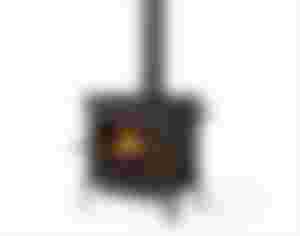
· Coal-Burning Stove
In the late 1833, Jordan Mott invented a stove that is called coal-burning stove, this oven had ventilation to burn the coal efficiently, was cylindrical and made of heavy cast iron with a hole on the top, which was then enclosed by an iron ring.

· Gas Stoves
As modernization came, gas stoves are invented and have been popular way back 1920s and even today, gas stoves are fueled by combustible gas such as syngas, natural gas, propane, butane, liquefied petroleum gas or other flammable gas. Before the advent of gas, cooking stoves relied on solid fuels such as coal or wood. The first gas stoves were developed in the 1820s and a gas stove factory was established in England in 1836. The new cooking technology had the advantage of being easily adjustable and could be turned off when not in use. The gas stove, however, did not become a commercial success until the 1880s, by which time supplies of piped gas were available in cities and large towns in Britain. The stoves became widespread on the European Continent and in the United States in early 20th century.
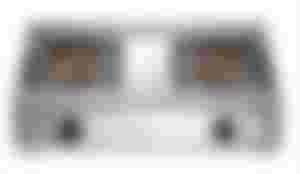
· Electric Stoves
Next to gas stoves, through the very creative minds of people, electric stoves are invented and available way back 1890 but it is not popular back then, now if we could take a look, only fortunate people can afford to buy elegant stove like electric stove. Electric stove became popular as replacements for solid-fuel (wood or coal) stoves which required more labor to operate and maintain. Some modern stoves come in a unit with a built-in extractor hoods. Electric stove “electric coil” may be controlled by a rotary switch with a finite number of positions, each of which engages a different combination of resistances and hence a different heating power or may have an “infinite switch” called a simmerstat. Some may have a thermostat. In electricity consumption, typically electricity consumption of one heating element depending on size is 1-3 kW.
This electric stove is constructed from steel panels on a frame which is usually steel although old ones may be cast-iron and very heavy. The heating elements are made of resistance wire, sitting on some form of insulation, commonly ceramic to withstand the heat or cool cycling.
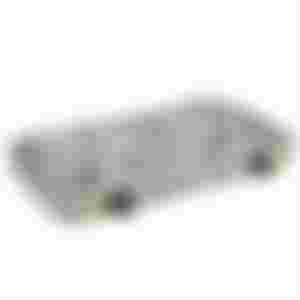
· Induction Cooking
And for the latest cooking technology, induction cooking is already used nowadays; induction cooking uses electric currents to directly heat pots and pans through magnetic induction. Instead of using thermal conduction (a gas or electric element transferring heat from a burner to a pot or pan), induction heats the cooking vessel itself almost instantly.
If we go back to the changes of the stoves, we immediately noticed the materials used in making stoves, from stones, clays, bricks, cast-irons, metals, and magnetic induction.
